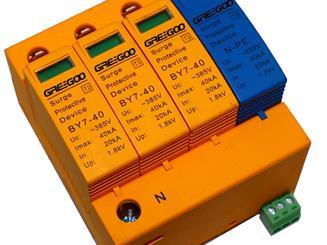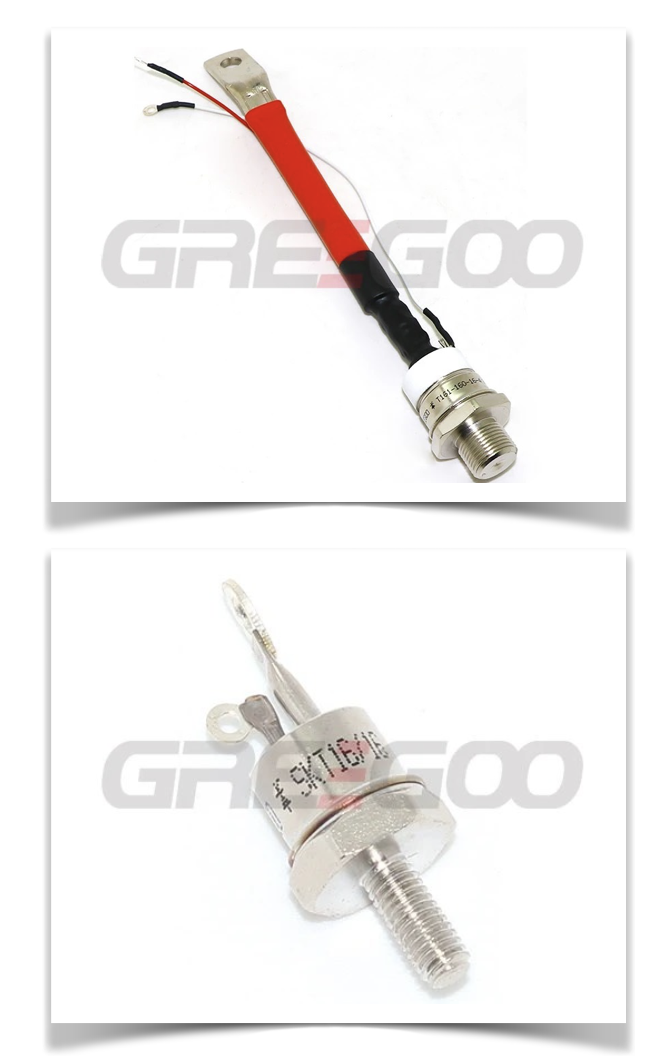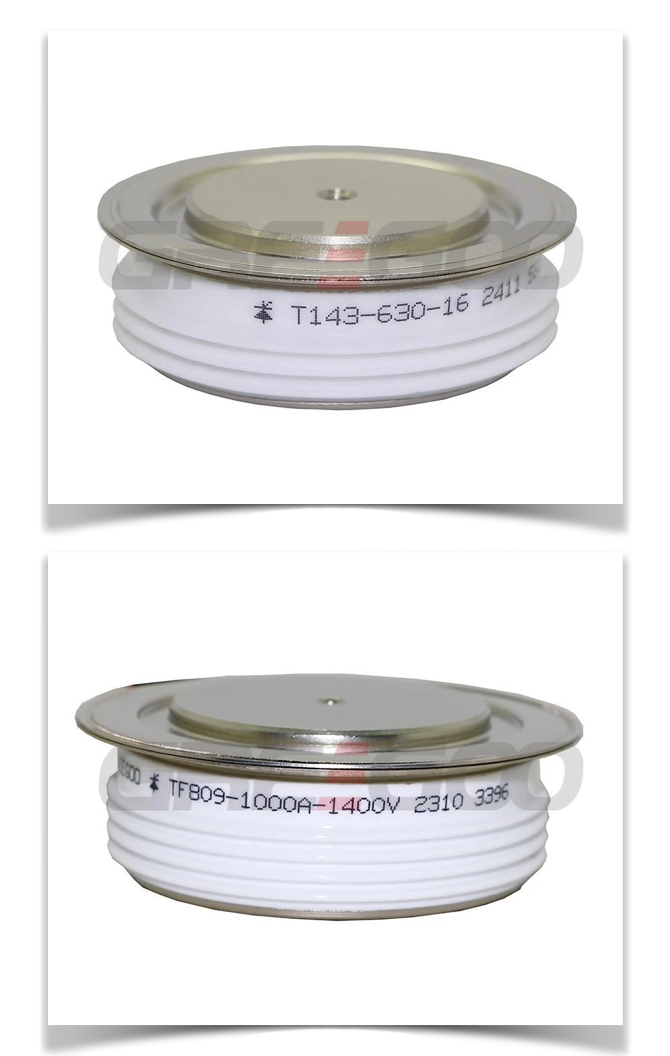Difference Between Stud-Type and Capsule-Type Phase-Controlled Thyristors (PCT)
The main differences between Stud-type and Capsule-type phase-controlled thyristors (PCT) lie in their packaging form, heat dissipation methods, and application scenarios. Below is a detailed comparison:
Comparison Summary
| Feature | Stud-type | Capsule-type |
|---|---|---|
| Packaging Form | Threaded stud design | Flat, disc-shaped design |
| Heat Dissipation | Single-sided dissipation | Double-sided dissipation |
| Power Range | Medium to high power | Ultra-high power |
| Installation | Threaded mounting, simple | Clamping, more complex |
| Applications | Industrial equipment, motor control | HVDC, large industrial equipment |
The choice between the two depends on specific power requirements, heat dissipation needs, and installation conditions. Capsule-type is better suited for higher power and more demanding heat dissipation requirements, while Stud-type is more appropriate for medium power applications with simpler installation needs.

Mini Puck Solid-State Relay: A Compact and Reliable High-Efficiency Switching Solution
The GF1 solid state relay uses back-to-back thyristors for switching, which are more durable than traditional triacs.
Read MoreAdvantages of Low Voltage Drop DC Solid-State Relays
Low voltage drop DC solid-state relays offer significant advantages in terms of efficiency, low heat generation, and high reliability, making them particularly suitable for applications requiring high efficiency and low energy consumption.
Read More
𝑪𝒐𝒎𝒑𝒂𝒄𝒕 𝑺𝒐𝒍𝒊𝒅 𝑺𝒕𝒂𝒕𝒆 𝑹𝒆𝒍𝒂𝒚 - 𝑴𝒊𝒏𝒊 𝑷𝑼𝑲 𝑺𝒐𝒍𝒊𝒅 𝑺𝒕𝒂𝒕𝒆 𝑹𝒆𝒍𝒂𝒚 - 𝑭𝑨𝑺𝑻𝑶𝑵 𝑻𝒆𝒓𝒎𝒊𝒏𝒂𝒍 𝑺𝒐𝒍𝒊𝒅 𝑺𝒕𝒂𝒕𝒆 𝑹𝒆𝒍𝒂𝒚
𝑪𝒐𝒎𝒑𝒂𝒄𝒕 𝑺𝒐𝒍𝒊𝒅 𝑺𝒕𝒂𝒕𝒆 𝑹𝒆𝒍𝒂𝒚 - 𝑴𝒊𝒏𝒊 𝑷𝑼𝑲 𝑺𝒐𝒍𝒊𝒅 𝑺𝒕𝒂𝒕𝒆 𝑹𝒆𝒍𝒂𝒚 - 𝑭𝑨𝑺𝑻𝑶𝑵 𝑻𝒆𝒓𝒎𝒊𝒏𝒂𝒍 𝑺𝒐𝒍𝒊𝒅 𝑺𝒕𝒂𝒕𝒆 𝑹𝒆𝒍𝒂𝒚
Read More
What is the main differences between Type 1 and Type 2 SPD?
It's worth noting that a comprehensive surge protection strategy may involve using both Type 1 and Type 2 SPDs in combination, along with other protective measures, to ensure maximum protection for electrical systems and connected devices.
Read More















